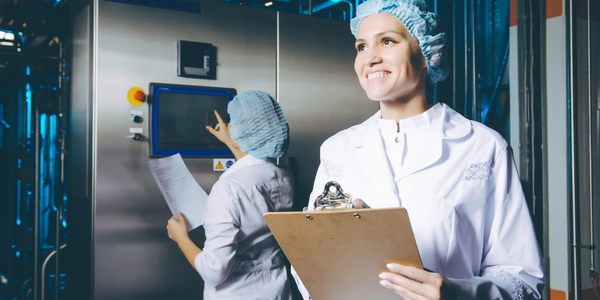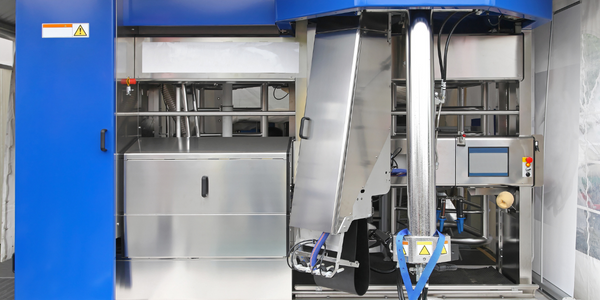Customer Company Size
Large Corporate
Region
- America
- Asia
- Europe
- Africa
Country
- Chile
- Argentina
- China
- Mexico
- Morocco
- Peru
- Spain
- United States
Product
- H2O Driverless AI
Tech Stack
- Machine Learning
- Natural Language Processing (NLP)
- Feature Engineering
- Time Series Analysis
Implementation Scale
- Enterprise-wide Deployment
Impact Metrics
- Cost Savings
- Productivity Improvements
- Customer Satisfaction
Technology Category
- Analytics & Modeling - Machine Learning
- Analytics & Modeling - Predictive Analytics
Applicable Industries
- Agriculture
Applicable Functions
- Logistics & Transportation
- Quality Assurance
Use Cases
- Predictive Maintenance
- Supply Chain Visibility
Services
- Data Science Services
About The Customer
Hortifrut, based in Chile, is the largest producer of blueberries in the world and operates farms in Peru, Chile, Mexico, Argentina, the United States, Spain, Morocco, and China, with distribution of fruit across 37 countries. Hortifrut addresses 25% of the world blueberry market and is using Driverless AI to make distribution decisions across their expansive operations. They are able to predict the quality of the blueberries from origin to final destination, increasing the consumer experience, and increasing revenue.
The Challenge
Transporting fruit from the farm may take weeks, so Hortifrut had to predict the quality of produce upon arrival. Not being able to do this accurately can impact customer experience and revenue loss. But getting such predictions accurately can be a difficult task given the complexity of the distribution channel, weather data, variety of datasets, shipping times and more. If traditional machine learning methods and toolkits were used, it could easily take months to build accurate predictions that can be reliably deployed. This may also require hiring additional data science talent on the team, hence requiring additional time and budget to achieve the aforementioned business goal.
The Solution
Hortifrut leveraged Driverless AI in order to have better predictive insights into the quality of their blueberries. They used capabilities such as feature engineering, natural language processing (NLP), explainability, timeseries, visualization and scoring pipelines in Driverless AI. Hortifrut is now able to scale their data science efforts in order to deliver use cases such as predicting the quality of blueberries based on features such as variety, farm origin, shipping time, vessel and packaging, without hiring additional data science talent in the team.
Operational Impact
Quantitative Benefit

Case Study missing?
Start adding your own!
Register with your work email and create a new case study profile for your business.
Related Case Studies.
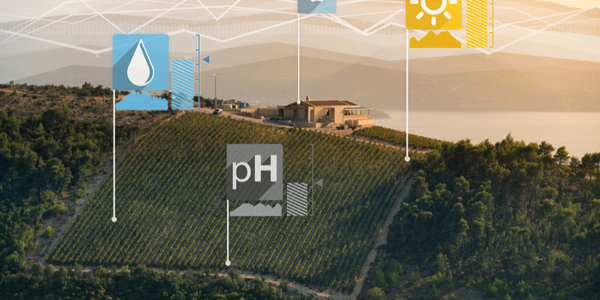
Case Study
Intelligent Farming with ThingWorx Analytics
Z Farms was facing three challenges: costly irrigation systems with water as a limited resource, narrow optimal ranges of soil moisture for growth with difficult maintenance and farm operators could not simply turn on irrigation systems like a faucet.
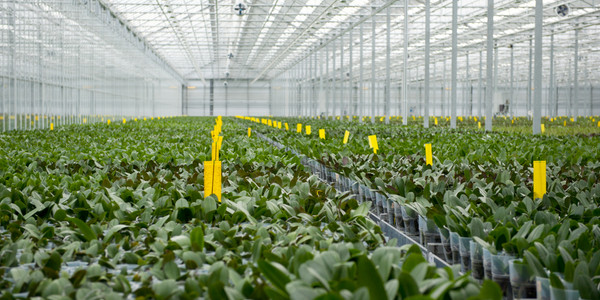
Case Study
Greenhouse Intelligent Monitoring and Control Solution
Farming Orchids is the most successful form of precision farming in Taiwan, and also the most exported flower. Orchids need a specific temperature and humidity conditions to grow and bloom, and its flowering time may not be in line with market demands, so the price collapses when there is overproduction. Therefore, some farmers began to import automated greenhouse control systems for breeding and forcing, which not only improves quality, but also effectively controls the production period and yield to ensure revenue. In 2012, an orchid farmer built a Forcing Greenhouse of about 200 pings (approximately 661 Square Meters) in Tainan, Taiwan. The system integrator adopted Advantech’s APAX-5000 series programmable automation controllers to build the control platform, coupled with Advantech WebAccess HMI/SCADA software, to achieve cloud monitoring. The staff of the orchid field can monitor important data anytime via smart phone, iPad, and other handheld devices, and control the growth and flowering conditions. System requirements: In the past, most environmental control systems of orchid greenhouses in Taiwan used PLCs (Programmable Logic Controller) with poorscalability and control, and could not be connected to the Internet formonitoring from the cloud. For advanced database analysis and networking capability, the PC platform must be adopted. Therefore, PAC Systems (Programmable Automation Controller) with both PLC programming capabilities andPC functions is a better choice.The environmental control of the Orchid greenhouse switches on and off devices like fan, shade net, cooling/heat pump, liquid flow control, water-cooling wall etc. It is controlled by a control panel of electric controllers, and is driven by a motor, to adjust the greenhouse temperature, humidity, and other environmental conditions to the set parameters.
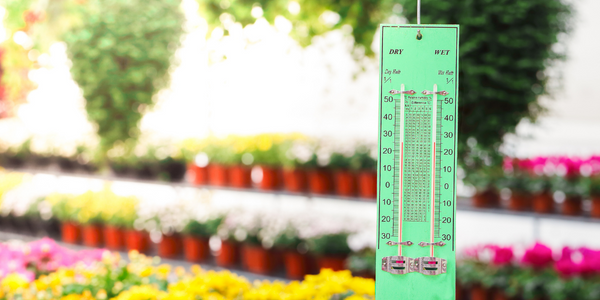
Case Study
Precision beekeeping with wireless temperature monitoring
Honeybees are insects of large economic value and provide a vital service to agriculture by pollinating a variety of crops. In addition, bees provide us with valuable products such as honey, beeswax, propolis, bee venom, etc. Monitoring of honeybee colony health, population, productivity, and environmental conditions affecting the colony health have always been exceedingly difficult tasks in apiculture. Research has shown that even small deviations (by more than 2°C) from the optimal temperatures have a significant influence on the development of the brood and the health of adult bees.
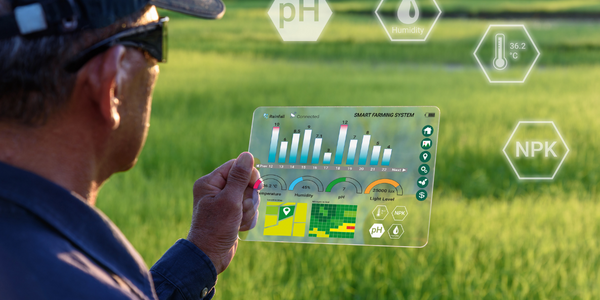
Case Study
Enabling Internet of Things Innovation in Agriculture
DigiBale, wanted to apply technology know-how and IP from implementations successfully to more agriculture sectors including cotton, forestry, sugarcane and cattle. However, farmers and growers still have worries about the connected technology.







